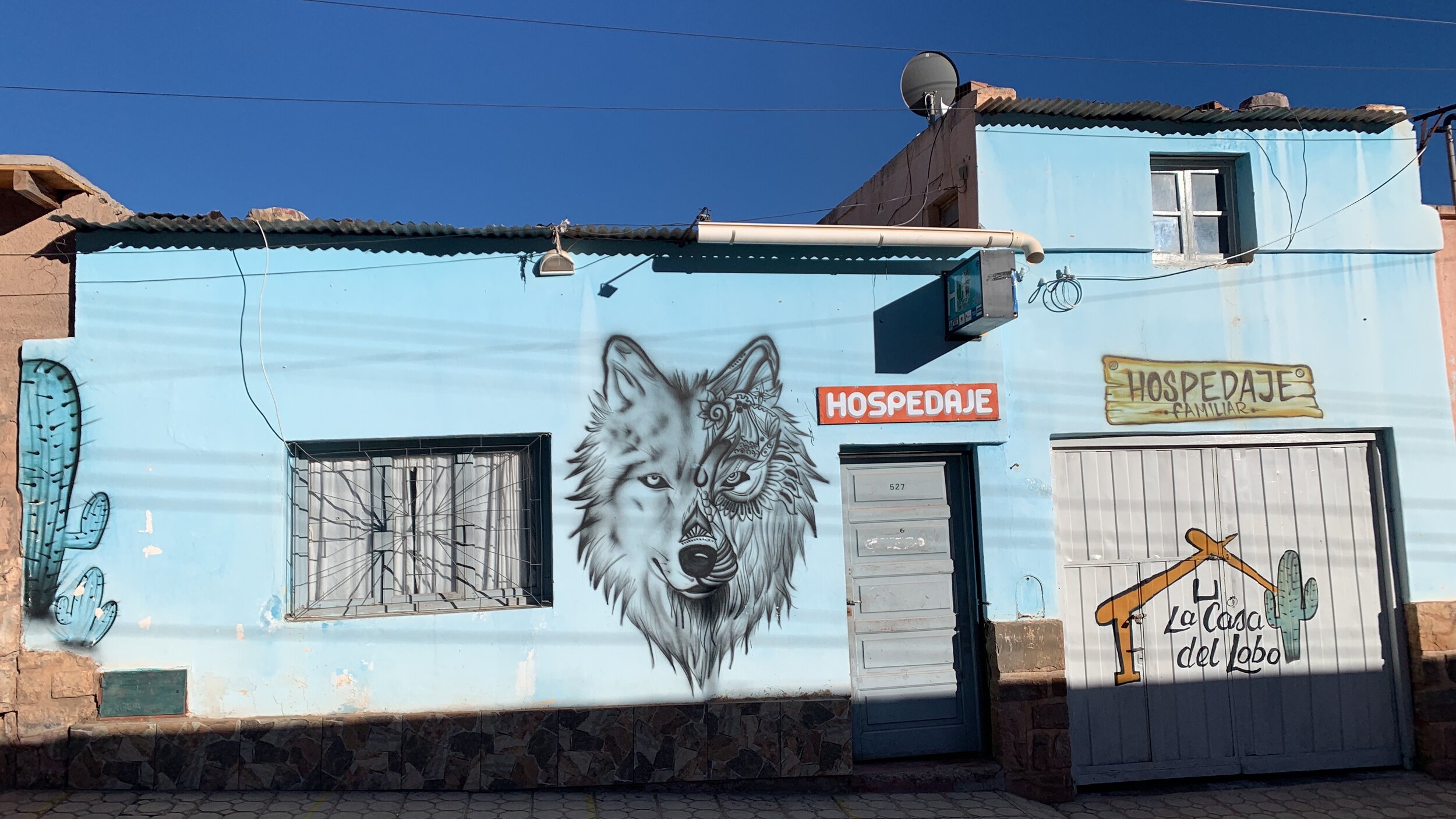Tilcara's Art
Interesting cultural proposals After the creation of the Pucará, as a result of the studies promoted by the National University of La Plata, Tilcara became the urban center of the Quebrada de Humahuaca. Attracted by the journalistic notes of the mass media, large contingents of tourists were arriving more and more assiduously. Soon it also became a priority destination for young backpackers from all over the world, as a stopover on their way to or from Cuzco. This important human flow caused those visitors to settle down as neighbors, thus reconverting the rhythm of Tilcara with its restaurants, inns and new businesses related to the hotel industry. Today, nowhere else in the Quebrada there are as many museums and street art as in Tilcara, which also holds the strategic role of the region.
In this line, a clear proof of this is the establishment of Emilio Haro Galli in his workshop Utama and his current project of a personal retrospective museum in the nearby Juella.
There are also several exhibitions to visit during any visit to Tilcara, such as the Terry Regional Museum of Painting, the Soto Avendaño Museum (which completes the visit to the Pucará) or the Irureta Museum, to name a few.
In the narrow streets, it is usual to find literary cafes and many inns and hostels whose facades were converted into frames for artists to capture their creations. That is why, when it is time to wander aimlessly around Tilcara, I recommend being attentive to the graffiti and murals that enrich this beautiful town.









